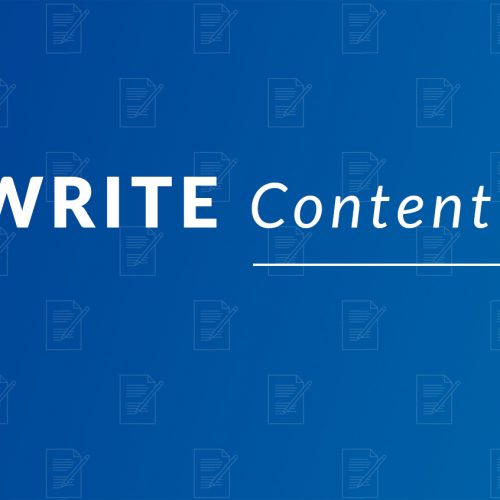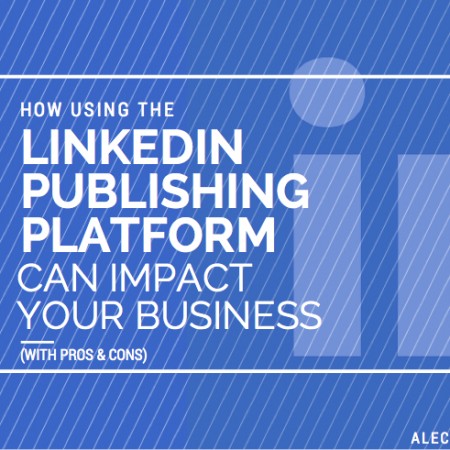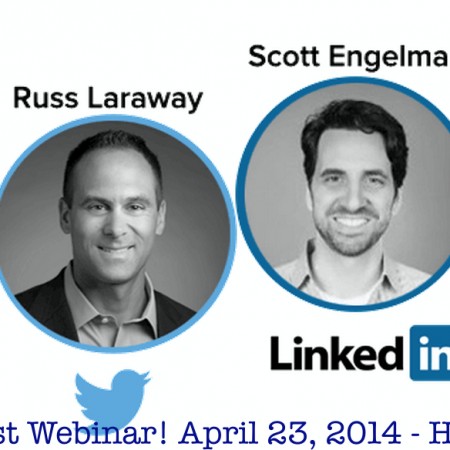#ContentWritingChat Recap: The Best Strategies on How to Use LinkedIn for Your Brand with Warwick Brown
What are your thoughts on LinkedIn? Are you actively using this platform as a tool to build your brand online? If not, you might want to reconsider! It can be a fantastic way to generate brand awareness, as well as bring in leads for your business. However, the key to success with any social media platform is to know how to use it effectively. And that’s exactly what we talked about in this week’s #ContentWritingChat! #ContentWritingChat Recap: The Best Strategies on How to Use LinkedIn for Your Brand with Warwick Brown Welcome to #ContentWritingChat! Today, we’re going to be sharing strategies on how you can best used LinkedIn for your brand. Our guest host for the chat is @warwickabrown, so be sure to give him a warm welcome! ?? pic.twitter.com/7fES0NJEWI — Express Writers (@ExpWriters) March 27, 2018 Our guest host this week was Warwick Brown. He helps account managers find success by sharing tons of skills and tips with them. Warwick has also been a member of the #ContentWritingChat community for some time now, so it was great having him step into the guest hosting role. He’s very knowledgeable on LinkedIn and he shared a lot of great tips during the chat. So, let’s go ahead and dive into the recap! Q1: How does LinkedIn feature in your content marketing or social media strategy? Is it a priority? To kick off the chat, we had to see just how many people were already taking LinkedIn seriously. Responses were all across the board, with some who love LinkedIn and are active on the platform, and others who aren’t fully invested. Here are a few of the answers we received: A1: #LinkedIn is now my biggest priority for social media and outside of my blog, my biggest priority for content. There’s no other place that will get you noticed by the right people as quickly #contentwritingchat — Warwick Brown (@warwickabrown) March 27, 2018 For Warwick, LinkedIn is his biggest priority when it comes to social media. And that should really come as no surprise, otherwise we couldn’t have invited him to speak on the topic for our chat! Because of his passion for the platform, he’s learned a lot about using it effectively. A1a: It’s also just a great place to hang out and find like minded people in your profession or industry. I’m learning a lot and there’s much less noise than on other platforms #contentwritingchat — Warwick Brown (@warwickabrown) March 27, 2018 Warwick went on to say it’s a great place to hang out and find like-minded people within your industry. It can be fantastic for anyone looking to make new connections. A1 It is my main focus when it comes to promoting my business. I am very active and get tons of engagement. The others are great too, but @LinkedIn ROCKS #contentwritingchat — Jade Alberts Consulting (@Jade_A_Consult) March 27, 2018 Jade said LinkedIn is a top priority for him as well. He’s very active there and see a lot of engagement as a result. A1: LinkedIn is a huge priority for me! I know that it can help me reach potential clients and other freelancers so I spend time there every day! #ContentWritingChat — Amanda Cross (@amandacrossco) March 27, 2018 For Amanda, LinkedIn has been helpful in reaching potential clients and connecting with other freelancers. A1: It is a priority for me. There is a lot of opportunity to connect with like-minded professionals, but also to genuinely connect with people you admire and want to learn from or do business with #contentwritingchat — Corina Manea (@corinamanea) March 27, 2018 Corina said LinkedIn is a must for her as well, primarily for making new connections. A1. I’m trying to familiarize myself more with the platform this year. I think its a great natural extension of my work here on twitter. Lots of connections from both platforms/ #ContentWritingChat — Gene Petrov // Leadership & Marketing Consulting (@GenePetrovLMC) March 27, 2018 Gene said he’s trying to learn more about the platform in the year ahead. A1: I am still learning about #LinkedIn but can see it’s potential within a strategy. I have already connected with like minded people and have some face to face meetings planned as a result. So far I have learnt that it’s a great networking tool. #ContentWritingChat — Suze Cooper ✨ (@minicoopersmum) March 27, 2018 Suze is also wanting to learn more about LinkedIn to use it more seriously, as she sees the potential it has to offer. A1: For now, it’s not something I can’t live without. But it sure is a priority to learn and use more of. I’ve been ignoring it because I never quite understood the LinkedIn side of social. It’s seriously interesting. #ContentWritingChat — Narmadhaa (@s_narmadhaa) March 27, 2018 For Narmadhaa, LinkedIn isn’t exactly a necessity. A1: It’s a goal, but we’re kind of unsure about how to break into using it effectively to reach new people. Any tips or suggested reading would be much appreciated! #ContentWritingChat — Rachel Voorhees (@rachvoo) March 27, 2018 The main reason many people hold themselves back from using LinkedIn is because they aren’t sure how to use it effectively for their brands. Rachel feels the same way. Q2: Do you publish content on LinkedIn articles? What do you like (or dislike) about the publishing platform? Next, we moved into talking about publishing content on LinkedIn’s platform. It’s something that many people have experimented with, but is it worth investing your time into? Here’s what some of our chat participants had to say about it: A2: Yes. It’s one of the easiest content publishing platforms. Really easy to format, shows up nicely in your feed and easy to share on other platforms #contentwritingchat — Warwick Brown (@warwickabrown) March 27, 2018 Warwick feels LinkedIn has one of the easiest content publishing platforms. He finds it to be very user-friendly, which could make it worth trying out. A2: I do! I love their publishing area. I like it because … Read more






